Home>Garden Essentials>How To Plant Fennel Seeds
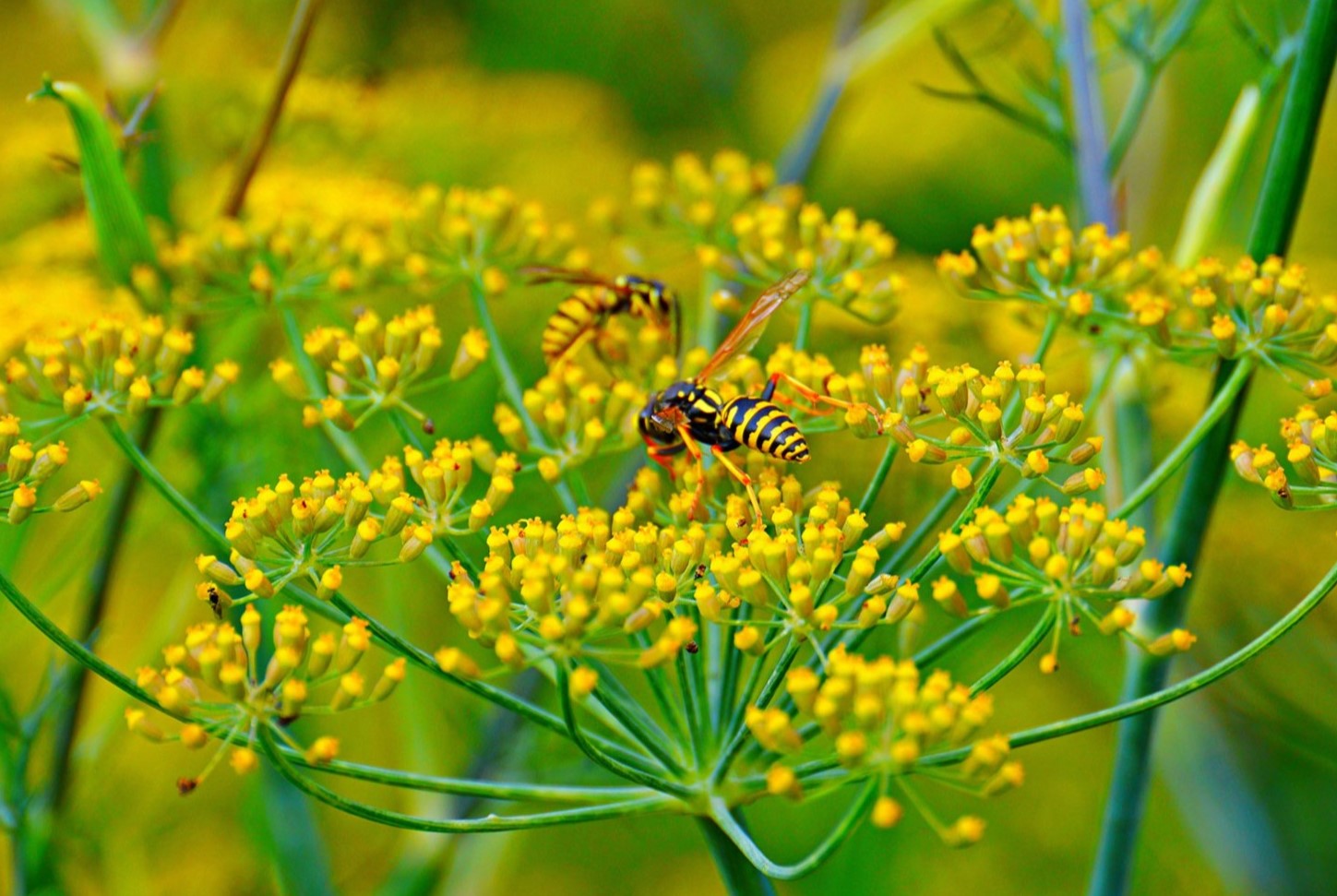

Garden Essentials
How To Plant Fennel Seeds
Modified: March 16, 2024
Learn how to plant fennel seeds in your garden with our step-by-step guide. From sowing to harvesting, we provide expert tips for growing this aromatic herb.
(Many of the links in this article redirect to a specific reviewed product. Your purchase of these products through affiliate links helps to generate commission for Storables.com, at no extra cost. Learn more)
Introduction
Welcome to the world of gardening! If you’re looking to add some flavor to your kitchen and a touch of beauty to your garden, planting fennel seeds is a great choice. Fennel, scientifically known as Foeniculum vulgare, is a versatile herb that comes with a host of benefits.
Originating from the Mediterranean region, fennel has been used for centuries in cooking and traditional medicine. It is renowned for its unique licorice-like flavor and aromatic qualities, making it a popular ingredient in various cuisines around the world.
Not only does fennel add a delectable taste to dishes, but it also offers several health benefits. This herb is a rich source of vitamins, minerals, and antioxidants, including vitamin C, potassium, and fiber. Fennel can aid digestion, improve heart health, and even boost immunity.
By planting fennel seeds in your garden, you can cultivate this versatile herb for both culinary and medicinal purposes. Not to mention, fennel plants also make for an appealing addition to any garden, with their feathery foliage and lovely yellow flowers.
In this guide, we will walk you through everything you need to know about growing fennel from seeds. From selecting the right seeds to harvesting the final crop, we will cover all the essential steps to help you successfully cultivate fennel in your garden. Let’s dive in and discover the wonders of fennel!
Key Takeaways:
- Grow fennel from seeds for fresh, flavorful herbs, diverse culinary uses, and educational experiences. Enjoy cost-effective gardening and reap the benefits of a visually appealing garden addition.
- Ensure successful fennel cultivation by choosing the right seeds and preparing the planting site. Follow proper sowing, watering, and maintenance techniques to enjoy a bountiful harvest of this versatile herb.
Read more: How To Use Fennel Seeds
Benefits of Growing Fennel from Seeds
Growing fennel from seeds is a rewarding experience that comes with a range of benefits. Here are a few reasons why you should consider planting fennel seeds in your garden:
- Fresh and Flavorful Herbs: When you grow fennel from seeds, you have access to fresh herbs right in your backyard. The flavor and aroma of freshly picked fennel leaves and seeds are unparalleled and can greatly enhance the taste of your dishes.
- Cost-Effective: Buying fennel leaves or seeds from the market can be expensive, especially if you require them regularly. By growing fennel from seeds, you can significantly reduce your expenses and have a continuous supply of fresh herbs at a fraction of the cost.
- Diverse Culinary Uses: Fennel is a versatile herb that can be used in a wide range of dishes. Its aromatic and flavorful properties make it an excellent addition to soups, salads, stews, stir-fries, and even desserts. You can experiment with various recipes and explore new culinary horizons.
- Medicinal Benefits: Fennel has long been valued for its medicinal properties. It is known to aid digestion, relieve bloating and gas, reduce inflammation, promote healthy digestion, and even improve respiratory health. Growing your own fennel allows you to harness these health benefits conveniently.
- Attractive Garden Addition: Fennel plants feature delicate, fern-like foliage that adds a touch of elegance to any garden. The feathery leaves sway in the wind, creating a graceful display. Additionally, the yellow flowers of fennel attract pollinators like butterflies and bees, contributing to a vibrant and healthy ecosystem.
- Educational Experience: Planting fennel seeds provides an excellent opportunity for educational purposes. If you have children, involving them in the gardening process can teach them about plant life cycles, cultivation, and the importance of sustainable food practices.
With these benefits in mind, it’s clear that growing fennel from seeds is a wise choice. Not only will you have access to fresh herbs with enhanced flavor, but you’ll also enjoy the multitude of health benefits that fennel has to offer. Plus, you’ll have a visually appealing addition to your garden that will attract beneficial insects and contribute to a thriving ecosystem.
Choosing the Right Seeds
When it comes to planting fennel, selecting the right seeds is crucial to ensure successful growth and a bountiful harvest. Here are some factors to consider when choosing fennel seeds:
- Seed variety: Fennel comes in different varieties, each with its own characteristics. The two main types are the common fennel (Foeniculum vulgare) and the bronze fennel (Foeniculum vulgare ‘Purpureum’). Common fennel is typically used for culinary purposes, while bronze fennel is primarily grown for its attractive foliage. Consider your specific needs to determine which variety to choose.
- Quality: Opt for high-quality seeds from reputable seed suppliers or nurseries. Look for seeds that are fresh, well-packaged, and labeled with the appropriate information, such as the variety and the year of packaging. Fresh seeds have a higher germination rate, increasing your chances of successful growth.
- Organic or hybrid: Decide whether you want to grow organic fennel or hybrid varieties. Organic seeds are produced without the use of synthetic chemicals or genetically modified organisms, making them a healthier and more sustainable choice. Hybrid seeds, on the other hand, may offer certain advantages such as disease resistance or increased yield. Consider your preferences and gardening goals before making a decision.
- Climate suitability: Fennel is a hardy herb that can grow in a wide range of climates. However, it’s essential to choose seeds that are suitable for your specific climate. Take note of the recommended growing conditions on the seed packaging and select seeds that are known to thrive in your region.
- Seed viability: Check the seed viability or shelf life before purchasing. Some seeds have a longer shelf life than others. It’s best to choose seeds with a higher viability to ensure that a good proportion of them will germinate.
Remember that fennel seeds can also be obtained by harvesting them from mature fennel plants. If you have fennel plants in your garden, allowing them to go to seed will provide you with a fresh batch of seeds for the next planting season.
By considering these factors, you can choose the right fennel seeds that suit your preferences, growing conditions, and gardening goals. Investing in high-quality seeds will set the foundation for successful fennel cultivation and a rewarding gardening experience.
Preparing the Planting Site
Creating the right planting site is crucial for the successful growth of fennel plants. Proper soil preparation and site selection will provide the ideal conditions for your fennel seeds to germinate and thrive. Here are the steps to prepare the planting site:
- Choose a sunny location: Fennel thrives in full sun, so select a site that receives at least 6-8 hours of direct sunlight per day. Adequate sunlight promotes healthy growth and ensures robust flavor in the leaves and seeds.
- Ensure well-drained soil: Fennel prefers well-drained soil to prevent excess moisture from causing root rot. If your soil tends to be heavy or clayey, consider amending it with organic matter such as compost or well-rotted manure to improve drainage and soil structure.
- Test soil pH: Fennel prefers slightly acidic to neutral soil, with a pH range of 6.0 to 7.0. Test the soil pH using a soil testing kit, available at most garden centers. If the pH is too low or too high, make necessary adjustments using organic soil amendments or pH adjusters.
- Remove weeds and debris: Clear the planting site of any weeds, rocks, or debris that may obstruct the growth of your fennel plants. Weeds compete for nutrients and can hinder the development of your plants.
- Loosen the soil: Gently loosen the top layer of soil using a garden fork or tiller. This will aerate the soil and create a loose, friable texture, making it easier for the fennel seeds to establish roots and grow.
- Add organic matter: Mix in a generous amount of organic matter, such as compost or well-rotted manure, into the soil. Organic matter improves soil fertility, structure, and moisture retention, creating a favorable environment for fennel growth.
Once the site is prepared, you’re ready to sow your fennel seeds and commence the exciting journey of growing this versatile herb. Remember to provide adequate spacing between the planting holes to allow sufficient room for each plant to flourish.
By following these steps to prepare the planting site, you’ll create an optimal environment for your fennel plants to thrive. The result will be healthy, flavorful fennel that you can harvest and enjoy in your favorite culinary creations.
Sowing Fennel Seeds
Now that you’ve prepared the planting site, it’s time to sow your fennel seeds. Here are the steps to ensure successful seed germination and establishment:
- Timing: Fennel seeds can be sowed directly in the garden after the last frost date in your area. The soil should be warm and workable. In cooler regions, you can also start seeds indoors a few weeks before the last frost and transplant the seedlings when the weather is favorable.
- Spacing: Fennel plants require room to grow, so leave at least 12-18 inches of space between each plant. This allows for proper air circulation and prevents overcrowding.
- Sowing depth: Plant the fennel seeds at a depth of around ¼ inch in the soil. Avoid burying them too deep, as they require light to germinate. Firmly press the soil over the seeds to ensure good soil-to-seed contact.
- Watering: After sowing the seeds, gently water the soil to provide moisture for seed germination. Keep the soil consistently moist but not overly saturated. Be careful not to wash away the seeds with heavy watering.
- Thinning: Once the seedlings have emerged and developed a few sets of true leaves, thin them out to maintain proper spacing. Remove the weaker seedlings, leaving only the healthiest and strongest ones to grow.
- Care and maintenance: Fennel plants appreciate regular watering, especially during dry spells. Keep the soil evenly moist but avoid overwatering, as excessive moisture can lead to root rot. Mulching around the plants can help conserve soil moisture and suppress weed growth.
- Support for tall varieties: If you are growing tall varieties of fennel, consider providing support to prevent them from toppling over in strong winds. Stake the plants or use plant cages to keep them upright.
Fennel seeds typically germinate within 7-14 days, depending on the temperature and soil conditions. Be patient and consistent with your care, and you will soon see tiny green shoots emerging from the soil.
Remember to pay attention to the specific requirements of the fennel variety you are growing, as some varieties may have slightly different sowing recommendations. By following these steps, you’ll give your fennel seeds the best chance to germinate and grow into healthy, thriving plants.
Plant fennel seeds in well-drained soil in a sunny spot. Sow seeds 1/4 inch deep and 12 inches apart. Keep soil moist until seeds germinate, then water regularly. Harvest when bulbs are firm.
Read more: What Is A Fennel Seed
Watering and Maintaining Fennel Plants
Proper watering and maintenance are essential to ensure the healthy growth and development of your fennel plants. Here are some tips to keep your fennel plants thriving:
- Watering: Fennel plants require consistent moisture to thrive, especially during the hot summer months. Water deeply, providing enough water to thoroughly moisten the soil. However, be careful not to overwater, as fennel plants are susceptible to root rot. Aim to keep the soil evenly moist, but not waterlogged.
- Frequency of watering: While it is important to provide adequate moisture, be mindful not to water too frequently. Fennel plants prefer slightly drier conditions, so allow the top layer of soil to dry out slightly between waterings. This will encourage the development of a strong and resilient root system.
- Mulching: Applying a layer of organic mulch around the base of fennel plants can help conserve moisture, suppress weed growth, and regulate soil temperature. Use materials such as straw, wood chips, or dried leaves as mulch, ensuring that the mulch is not touching the stems of the plants to prevent moisture-related issues.
- Fertilization: Fennel plants are not heavy feeders, but they can benefit from a light application of balanced fertilizer during their growth. Apply a slow-release, organic fertilizer once every four to six weeks to provide the necessary nutrients for healthy foliage and seed production.
- Pruning: As the fennel plants grow, you may need to prune or trim them to maintain their shape and prevent overcrowding. Remove any yellowing or dead leaves regularly, and trim the outer stems to encourage bushier growth. This will also improve air circulation around the plants, reducing the risk of fungal diseases.
- Support for tall varieties: If you are growing tall fennel varieties, it is important to provide support to prevent them from toppling over due to their height. Stake the plants or use plant cages to keep them upright and support their growth throughout the season.
- Pest and disease management: Fennel plants are generally resistant to pests and diseases. However, keep an eye out for common garden pests such as aphids, slugs, and caterpillars. Handpick or use organic pest control methods if an infestation occurs. Additionally, ensure good air circulation and avoid overhead watering to prevent fungal diseases.
By following these watering and maintenance practices, you will provide the optimal conditions for your fennel plants to thrive. With proper care, they will reward you with abundant foliage, flavorful seeds, and a beautiful addition to your garden.
Managing Pests and Diseases
Fennel plants are relatively resistant to pests and diseases, but like any garden plants, they can still encounter some common issues. Here are some tips for managing pests and diseases that may affect your fennel:
- Aphids: Aphids are small, sap-sucking insects that can infest fennel plants. To control aphids, you can spray a mixture of water and dish soap onto the affected areas or introduce natural predators such as ladybugs or lacewings.
- Slugs and snails: Slugs and snails can chew on fennel leaves, causing damage to the plants. You can control these pests by removing them manually, creating barriers such as copper tape around the plants, or using organic slug pellets sparingly.
- Caterpillars: Caterpillars, especially those of the swallowtail butterfly, may feed on fennel leaves. Handpicking them off the plants is an effective control method. If necessary, you can also use organic insecticides labeled for caterpillar control.
- Fungal diseases: Fungal diseases, such as powdery mildew and root rot, can affect fennel plants, especially in humid conditions. To prevent fungal diseases, ensure good air circulation around the plants by providing adequate spacing. Avoid overhead watering and irrigate at the base of the plants to keep the foliage dry.
- Yellowing or wilting: Yellowing or wilting of fennel plants can have various causes, including nutrient deficiencies or overwatering. Ensure that your plants are receiving adequate sunlight, water them appropriately, and monitor the soil moisture levels. Adjust watering and fertilization as necessary.
- Weed management: Weeds can compete with fennel plants for nutrients and water, potentially hindering their growth. Regularly remove weeds from the planting area to minimize competition and promote the health of your fennel plants. Mulching around the plants can also help suppress weed growth.
By staying vigilant and addressing any pest or disease issues early on, you can protect your fennel plants and promote their overall health and productivity. Remember to take a proactive approach by practicing good garden hygiene, providing optimal growing conditions, and using organic solutions whenever possible.
Should you encounter severe or persistent pest and disease problems, consult with your local agricultural extension office or a qualified gardening professional for advice and appropriate treatment options.
Harvesting Fennel
Harvesting fennel is an exciting stage in your gardening journey. Here’s what you need to know to ensure a bountiful and flavorful harvest:
- Timing: Fennel is typically ready for harvest around 70-90 days after sowing, depending on the variety and growing conditions. Harvesting time may vary based on whether you are harvesting the leaves, bulbs, or seeds.
- Leaves: The leaves of fennel can be harvested throughout the growing season. You can start picking the outer leaves as soon as the plant has developed several sets of leaves. Snip the leaves close to the base of the plant, leaving the inner leaves to continue growing.
- Bulbs: If you’re growing fennel for its bulb, wait until the bulb has reached a desirable size, typically around 3-4 inches in diameter. The bulb should be firm and have a pleasing aroma. To harvest the bulb, gently loosen the soil around the base of the plant and carefully lift it out of the ground. Trim the root end and remove any tough or damaged outer layers before using or storing it.
- Seeds: Fennel seeds are ready for harvesting when the flowers have dried and turned brown. Wait until the seed heads are fully dried on the plant. Cut the seed heads off the plant and place them in a paper bag. Shake or rub the seed heads to release the seeds. Store the seeds in an airtight container in a cool, dry place until ready to use.
Fennel leaves can be used fresh or dried for later use. The bulb is a versatile ingredient in both raw and cooked dishes, adding a distinct anise-like flavor. Fennel seeds are commonly used in baking, spice blends, and herbal teas.
Remember to practice sustainability and only harvest as much as you need, allowing the remaining fennel plants to continue growing and producing. Regular harvesting can also encourage new growth, ensuring a continuous supply of fresh leaves or bulbs throughout the growing season.
Now that you know how and when to harvest fennel, you can enjoy the flavorful rewards of your gardening efforts in the kitchen. Get creative and experiment with incorporating fennel into your favorite recipes for a unique and delicious culinary experience.
Conclusion
Congratulations on embarking on the journey of growing fennel from seeds! By following the steps outlined in this guide, you’re well on your way to enjoying the flavorful and aromatic benefits of this versatile herb.
From choosing the right seeds to preparing the planting site, sowing the seeds, and caring for the plants, you’ve learned the essential techniques for successful fennel cultivation. Remember to provide adequate sunlight, moisture, and nutrients to ensure the health and vitality of your fennel plants.
Throughout the growing season, you’ll have the joy of watching your fennel plants thrive, from the emergence of lush foliage to the development of bulbs or the formation of delicate flowers and seeds.
Harvesting your fennel at the right time will unlock its true flavors and aromas, offering you a range of culinary possibilities. Whether you’re using the leaves for seasoning, the bulbs in savory dishes, or the seeds in cooking or herbal remedies, fennel will elevate your culinary experience.
As with any garden endeavor, don’t forget to embrace the inherent joys of gardening – the therapeutic benefits, the connection to nature, and the pride and satisfaction that come with nurturing your own plants.
Now that you have the knowledge and confidence to grow fennel from seeds, it’s time to put it into action. Gather your supplies, select your seeds, and start cultivating this wonderful herb in your garden. Enjoy the process and savor the rewards of a successful fennel harvest!
Happy gardening and happy cooking!
Frequently Asked Questions about How To Plant Fennel Seeds
Was this page helpful?
At Storables.com, we guarantee accurate and reliable information. Our content, validated by Expert Board Contributors, is crafted following stringent Editorial Policies. We're committed to providing you with well-researched, expert-backed insights for all your informational needs.
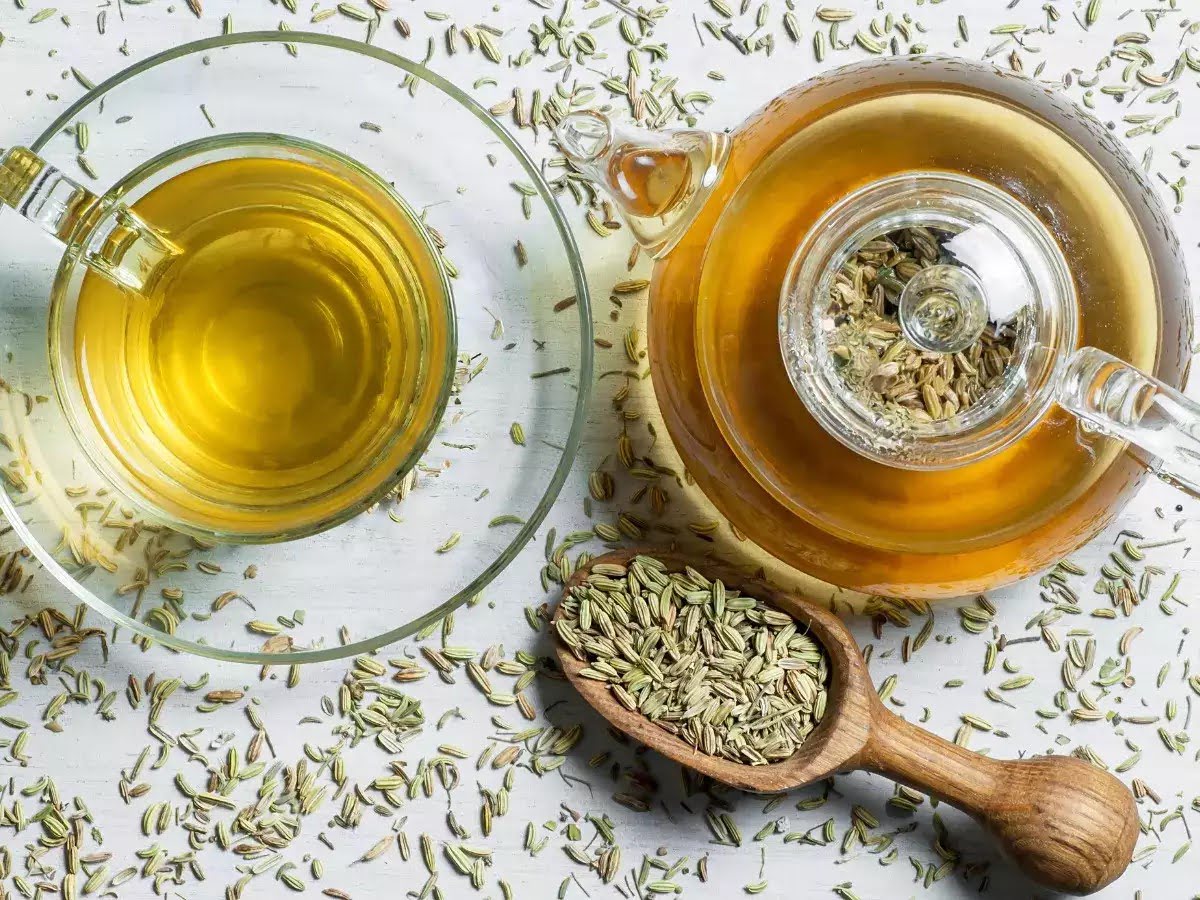
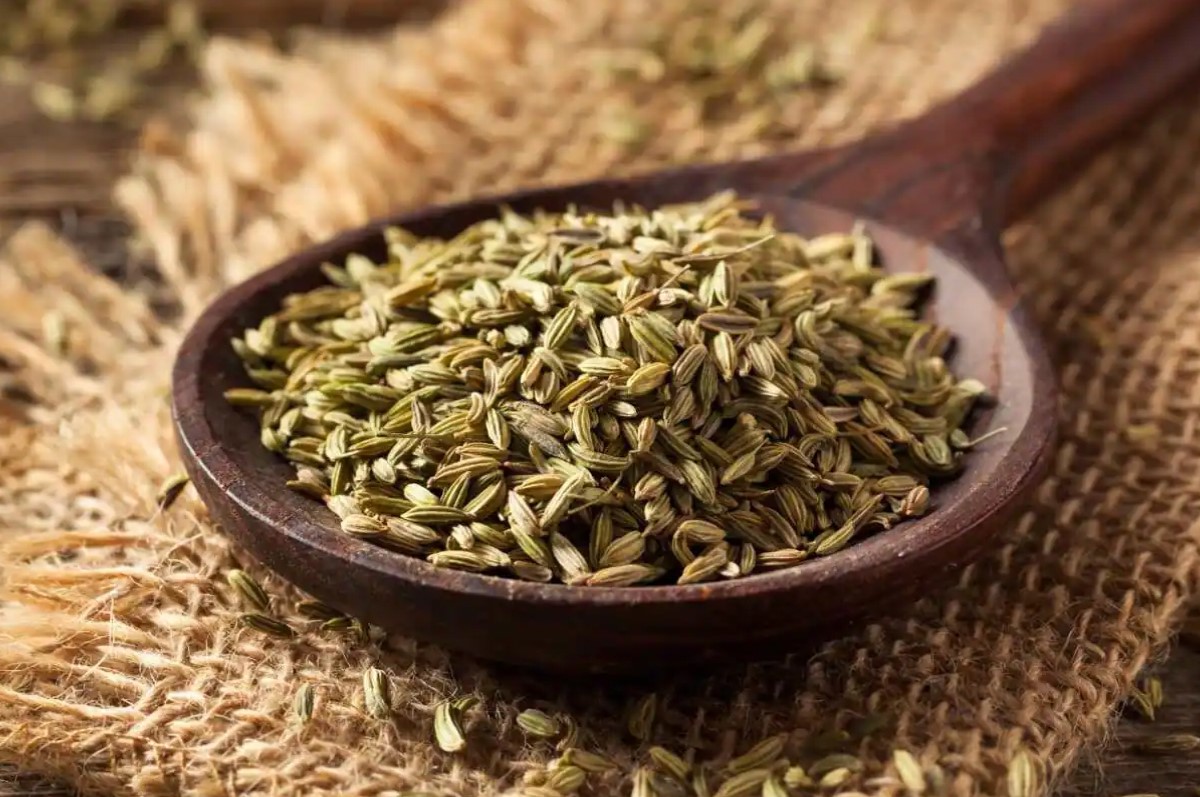
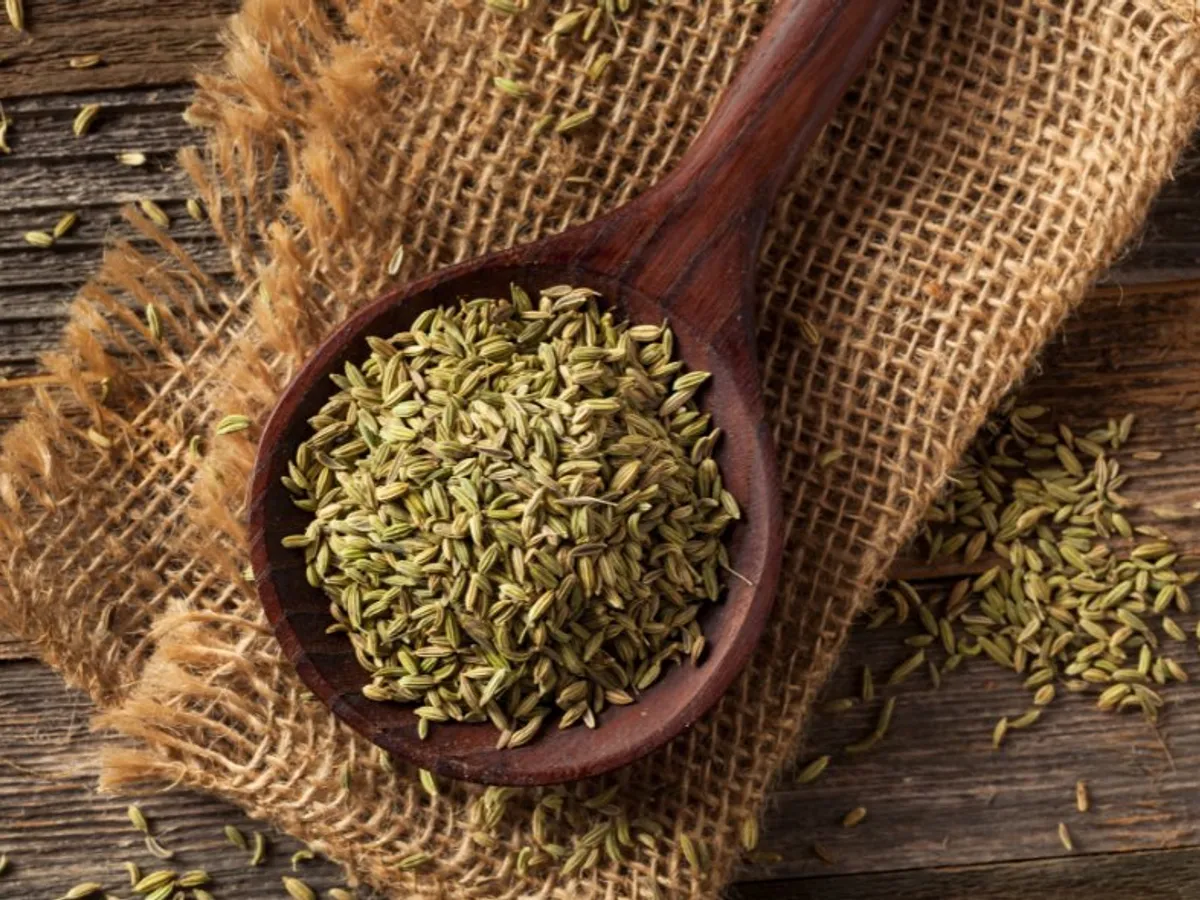
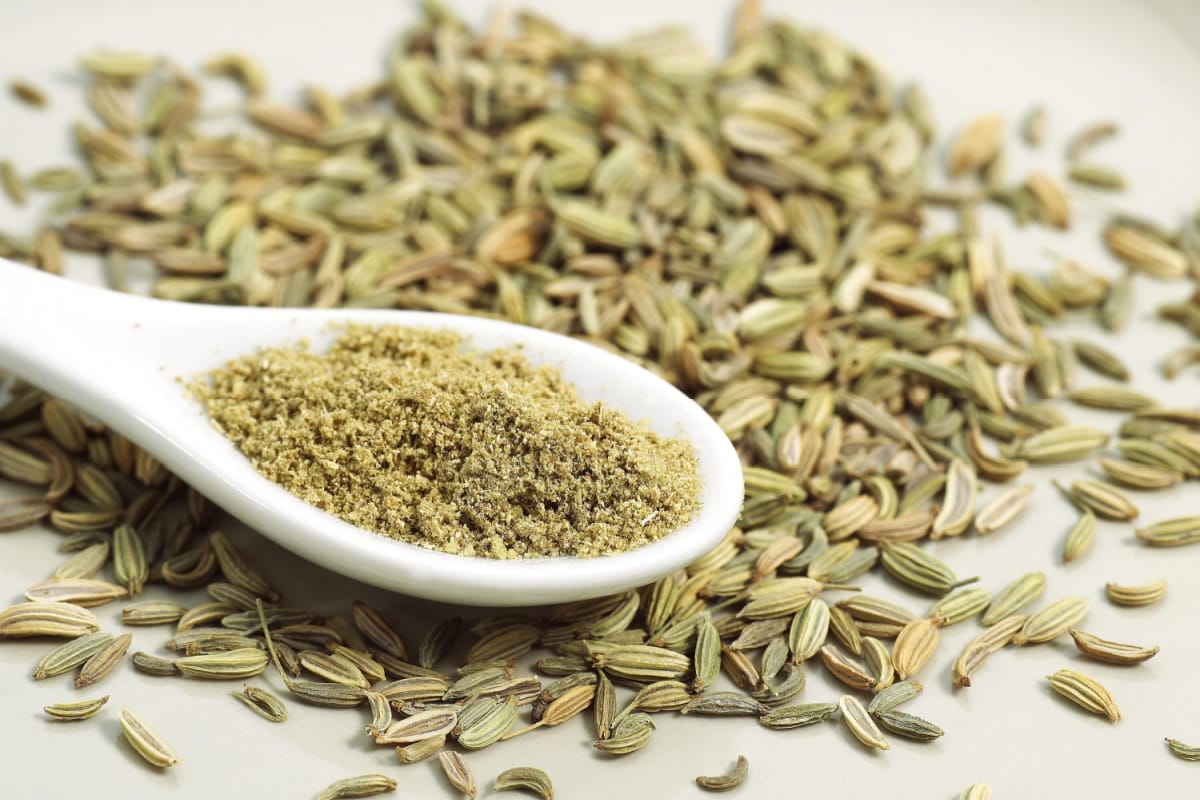
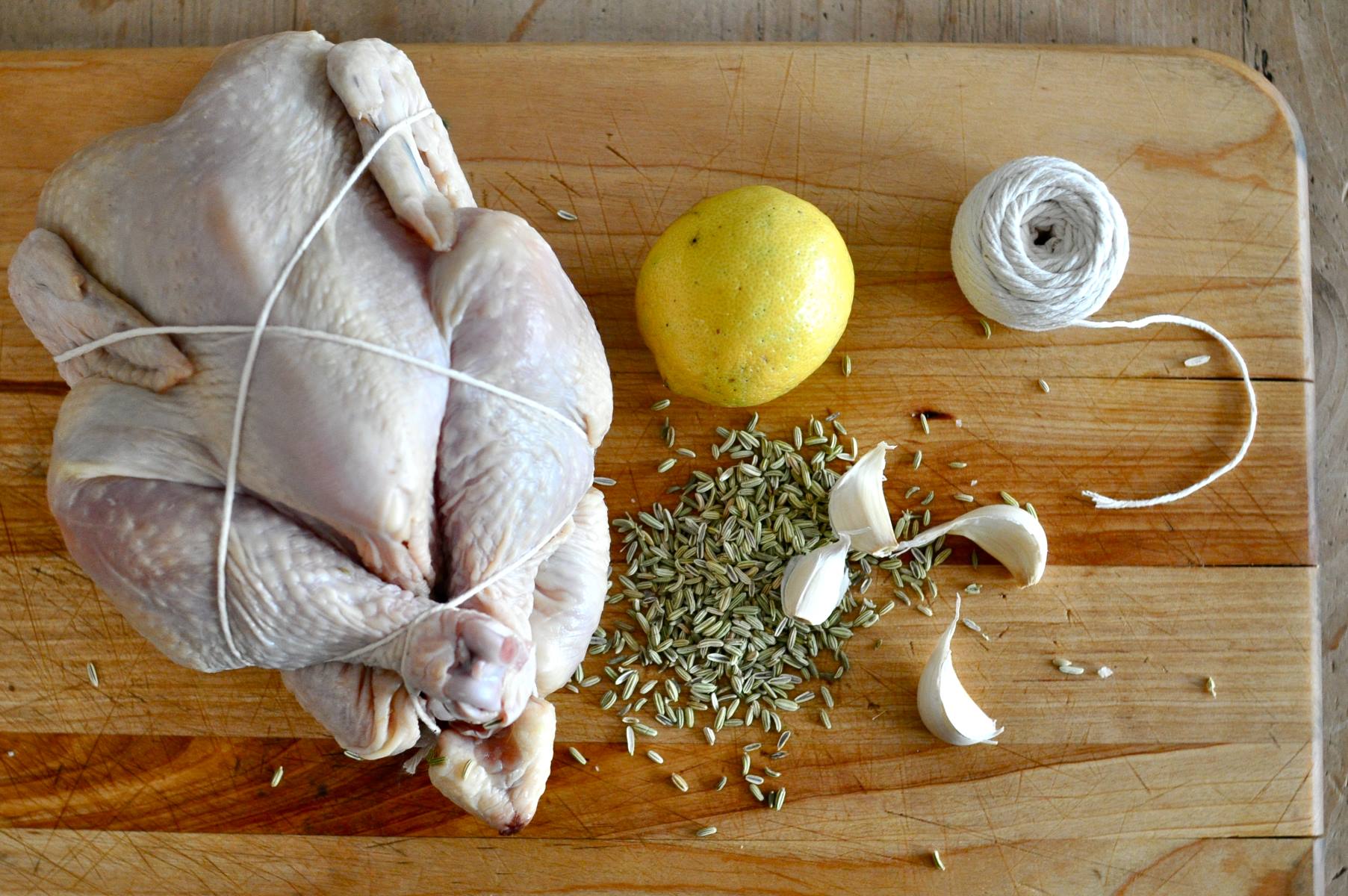
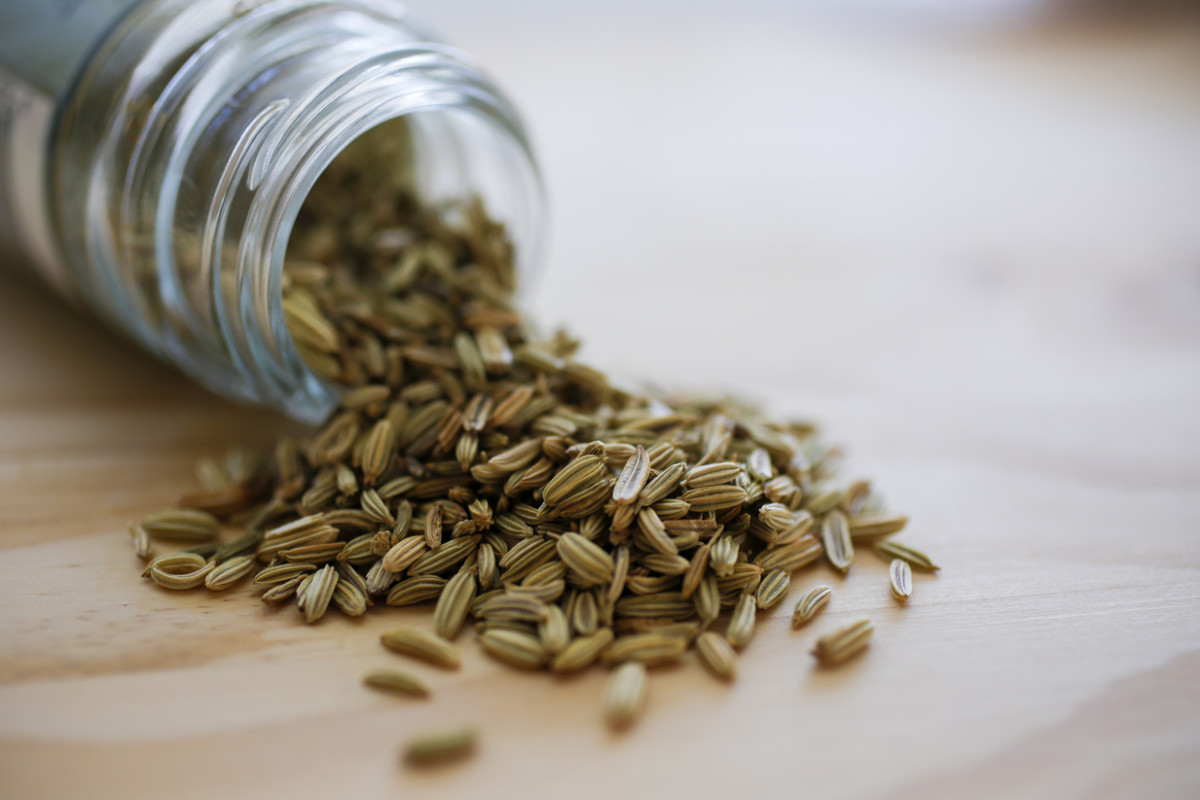
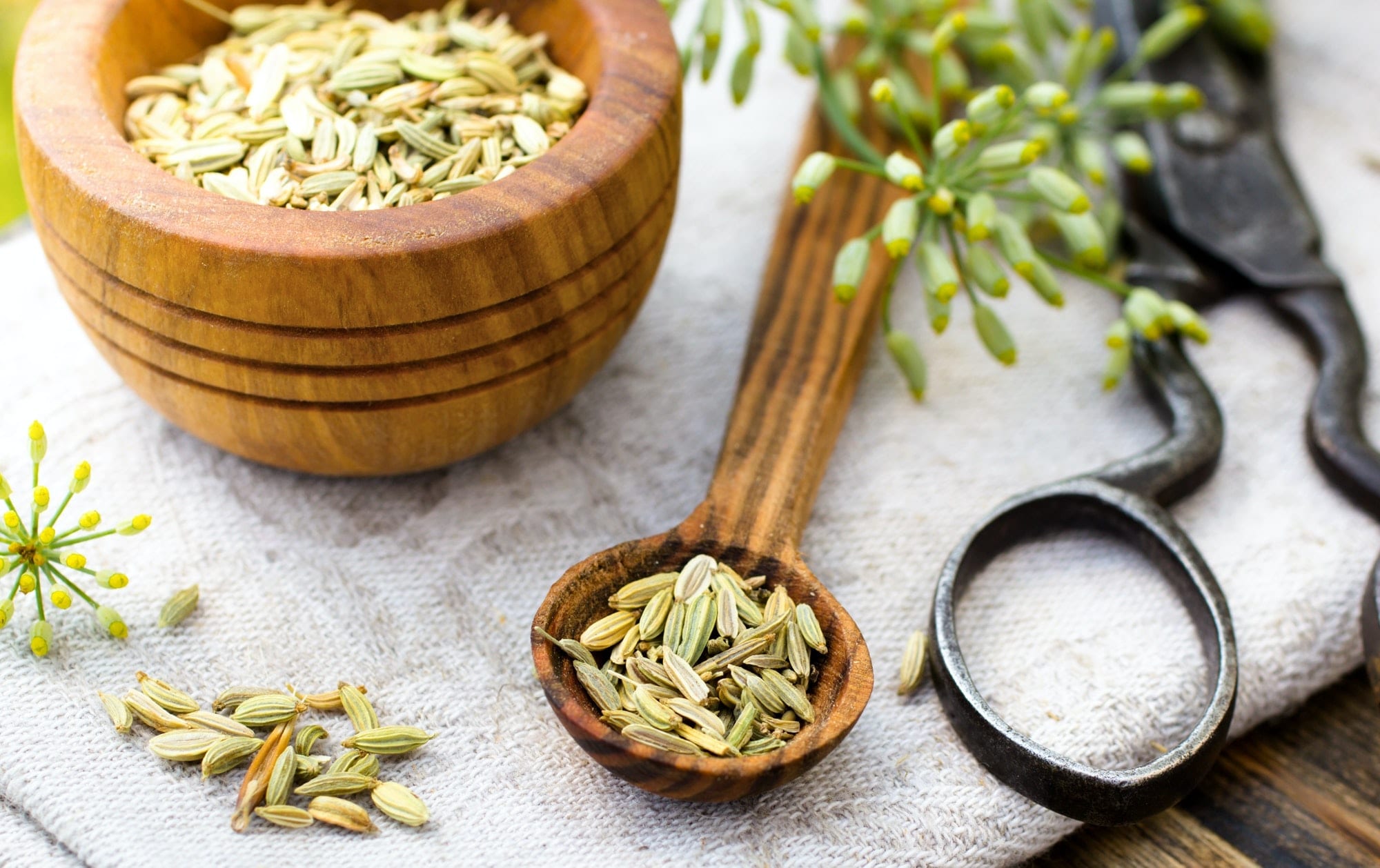
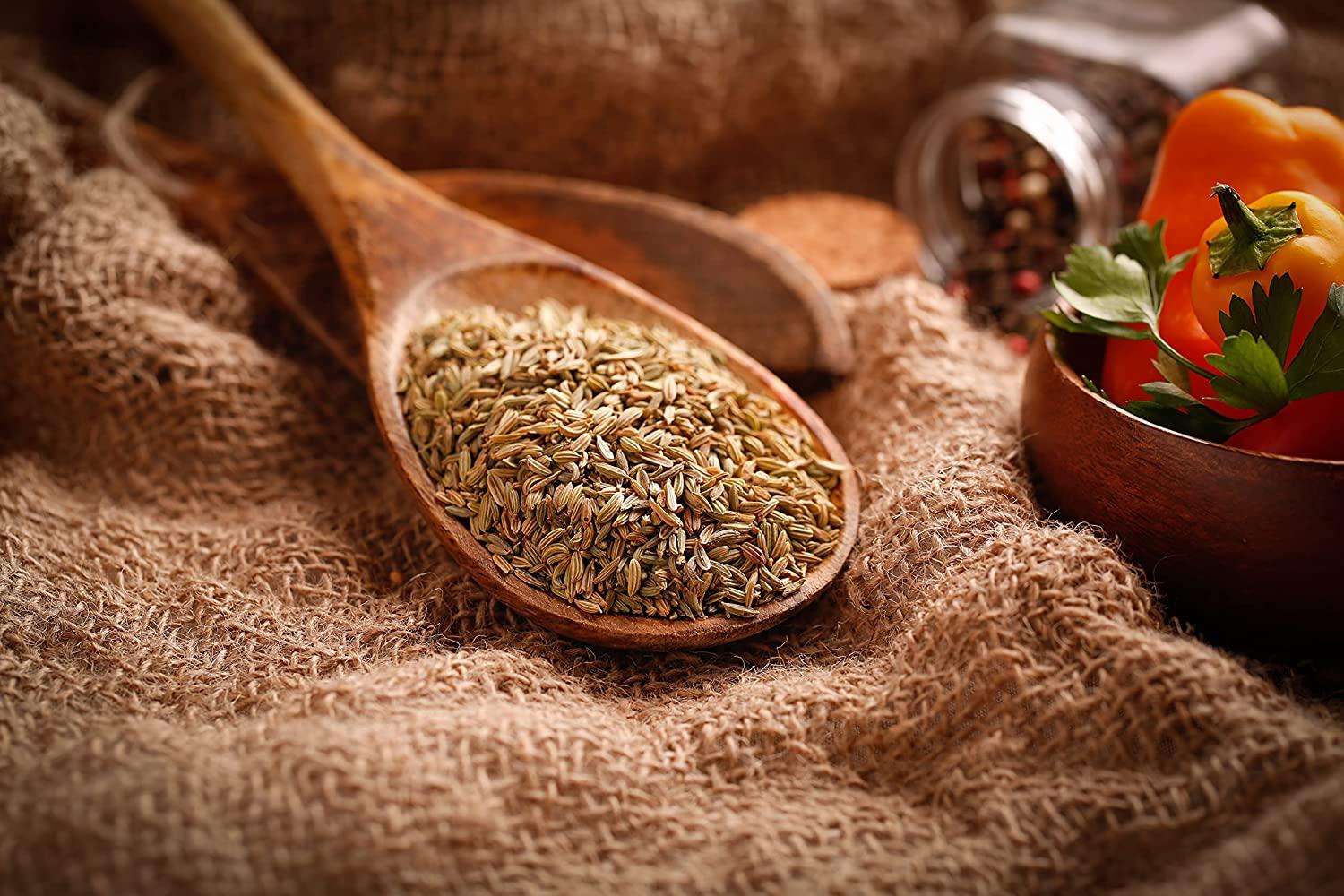
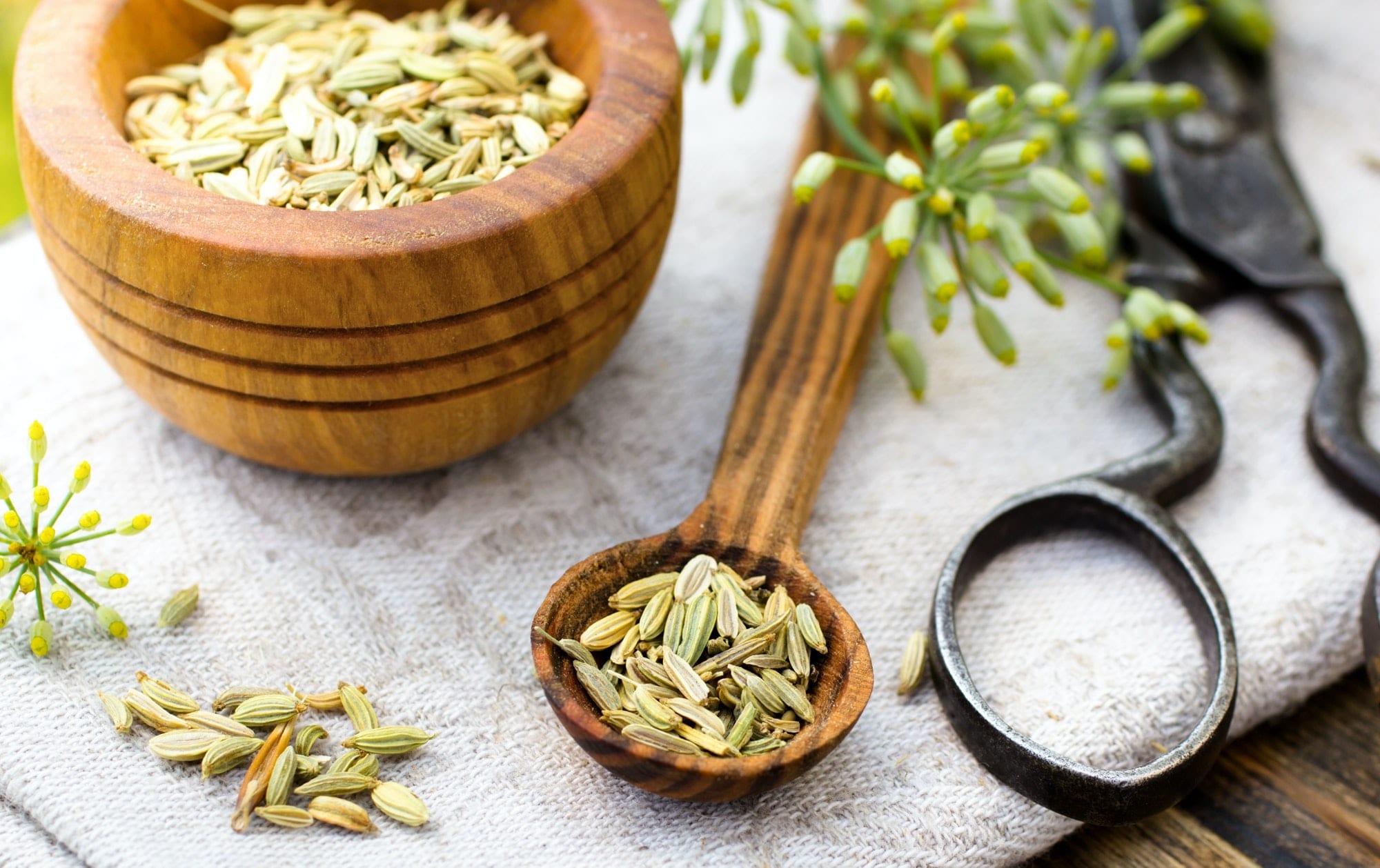
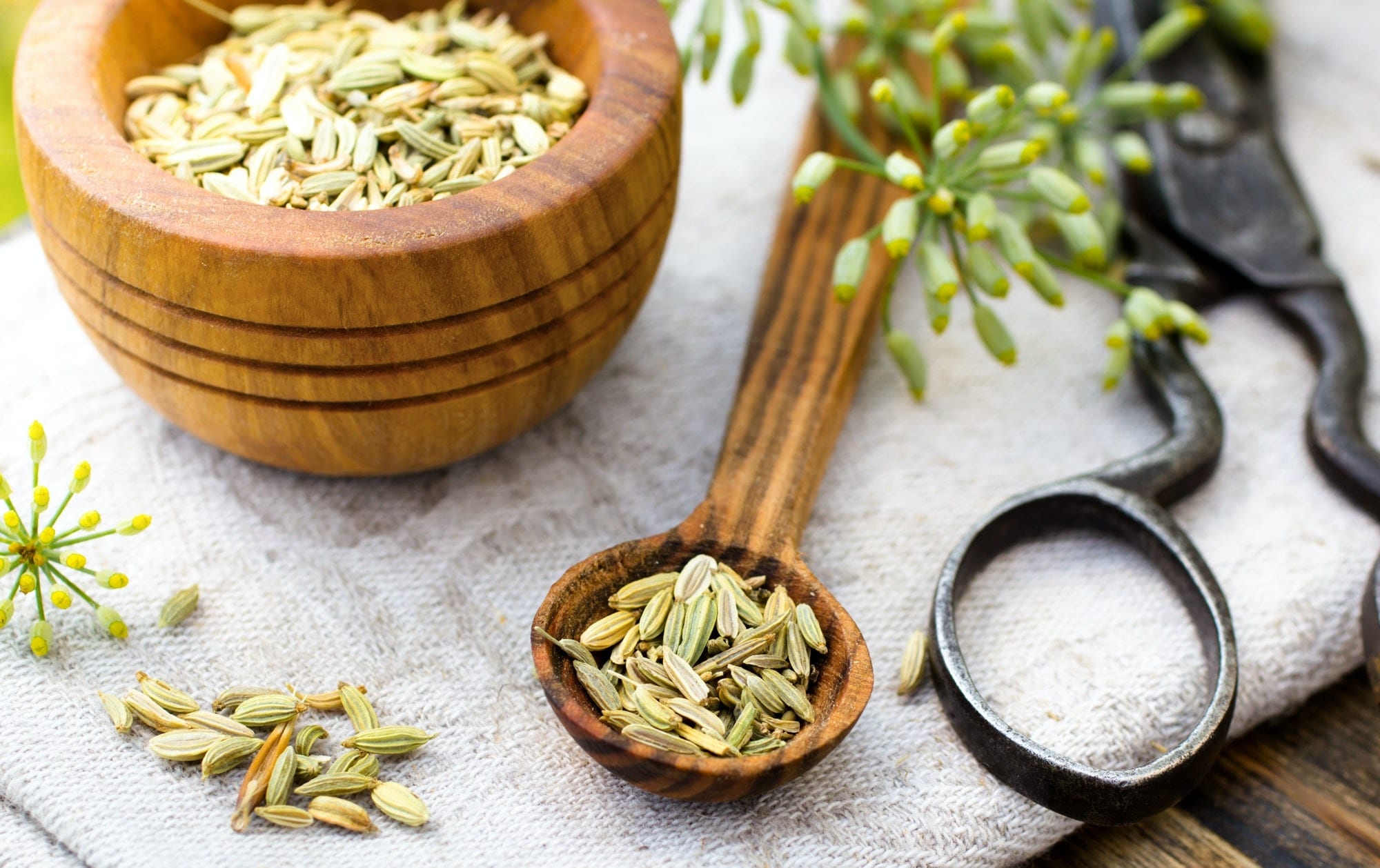
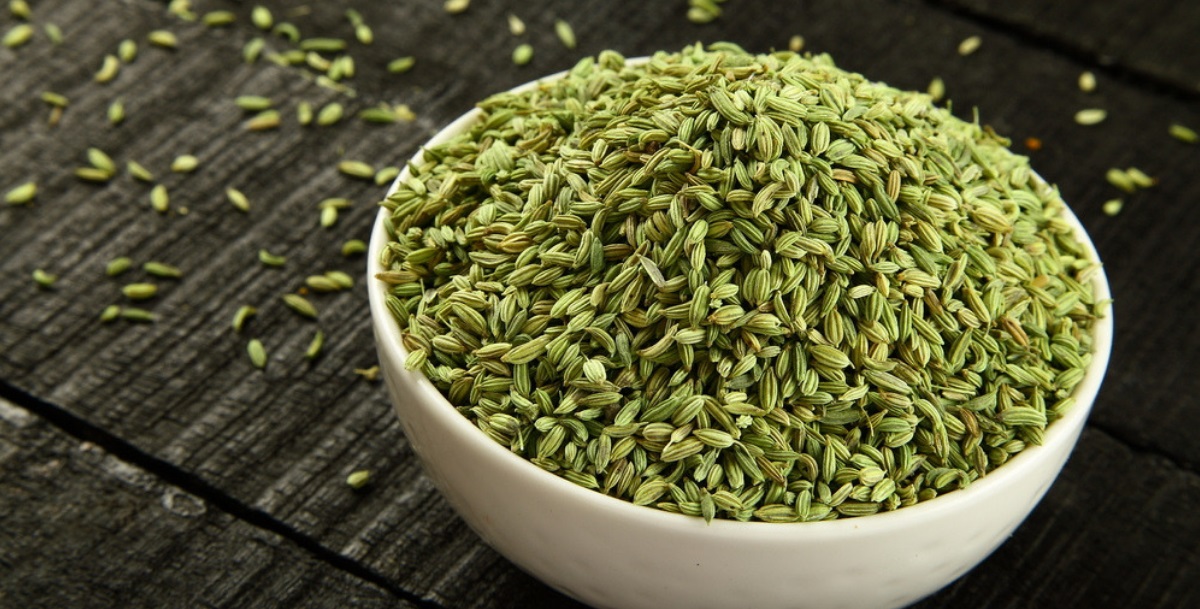
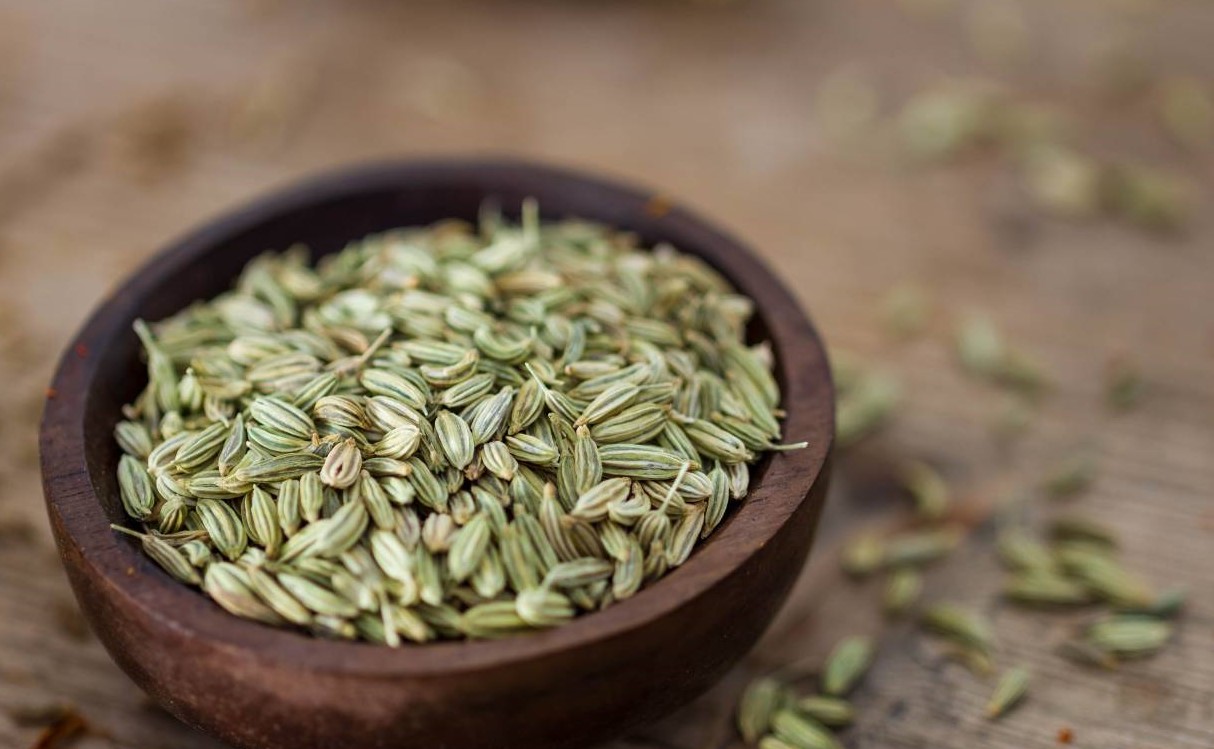
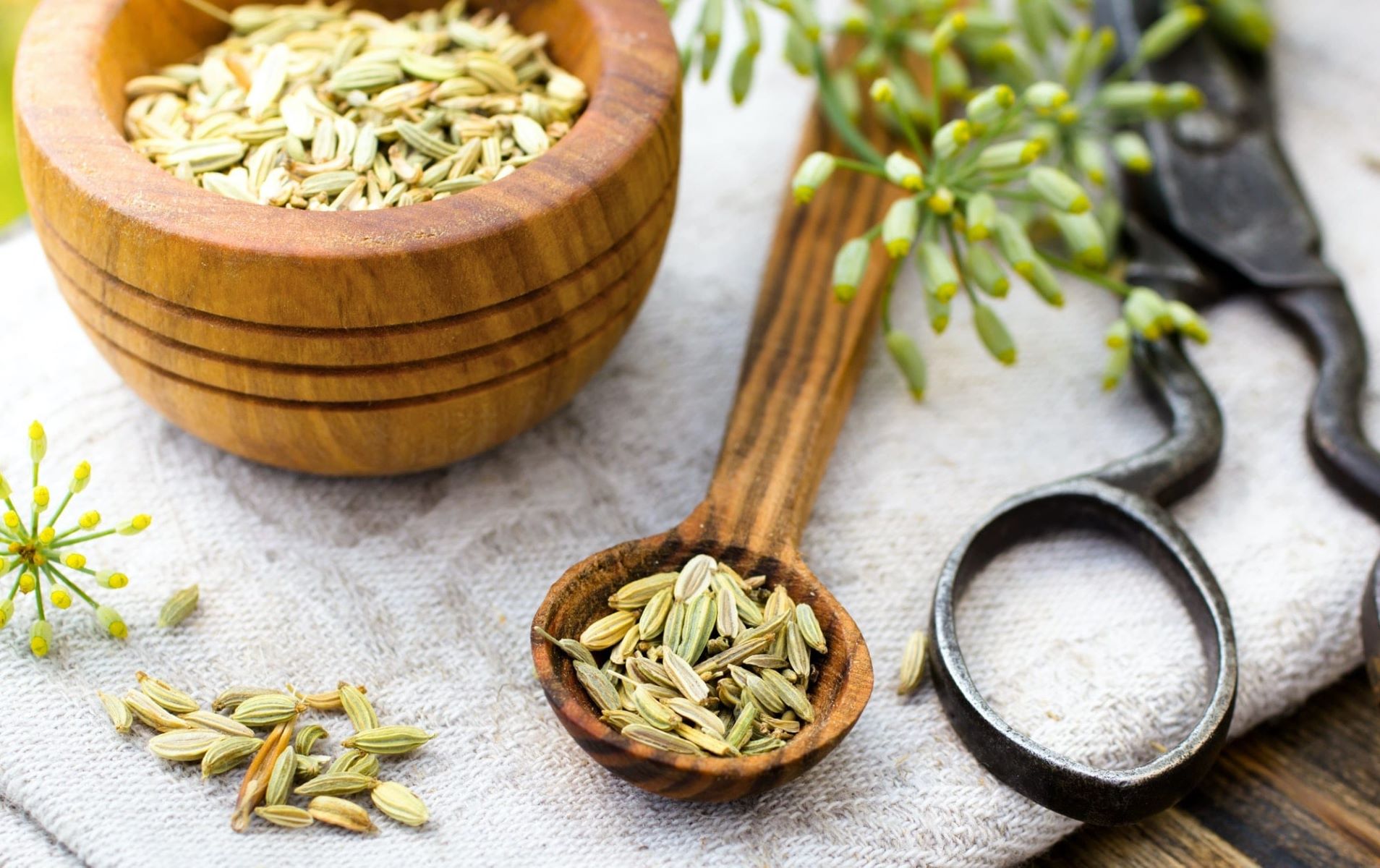
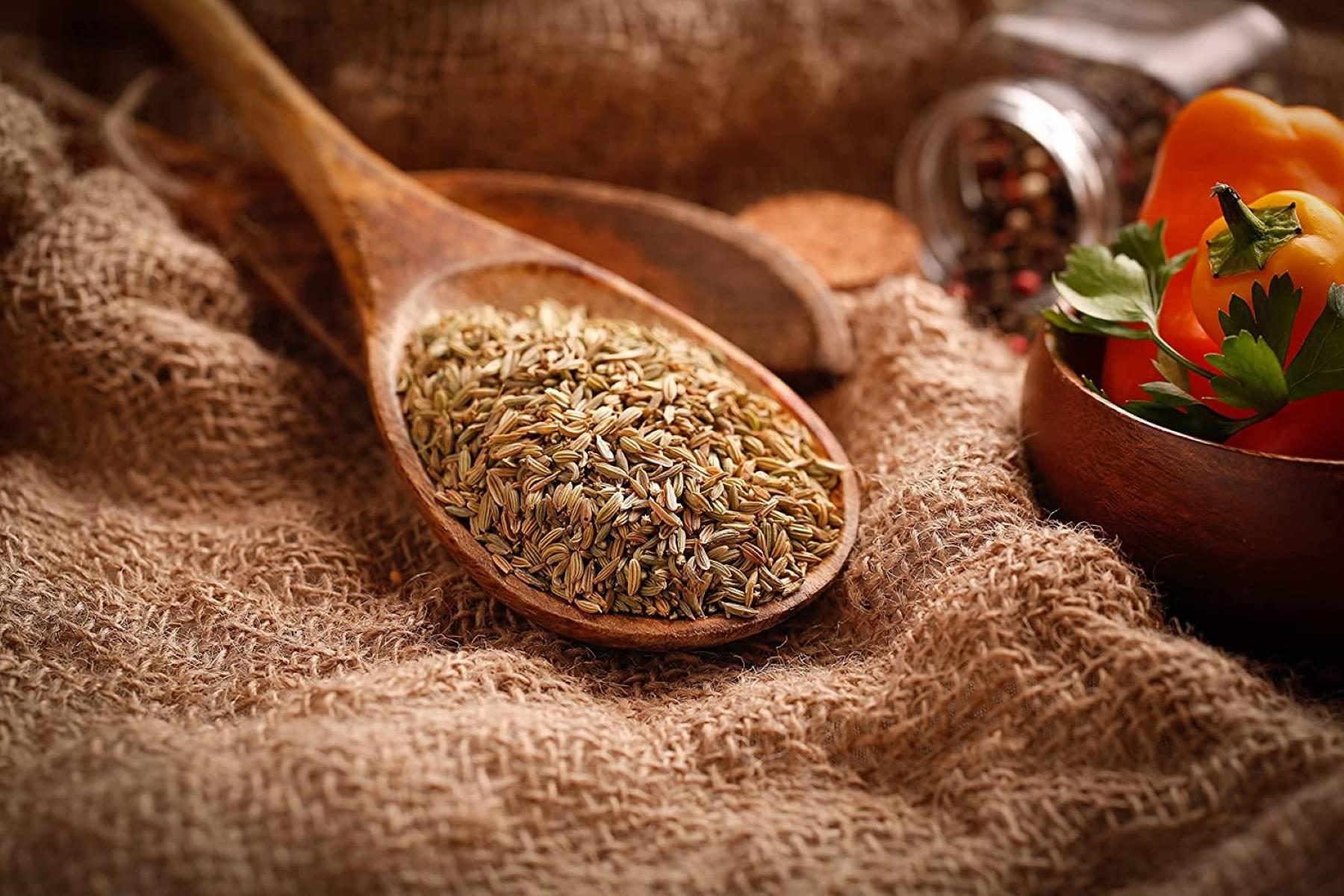

0 thoughts on “How To Plant Fennel Seeds”